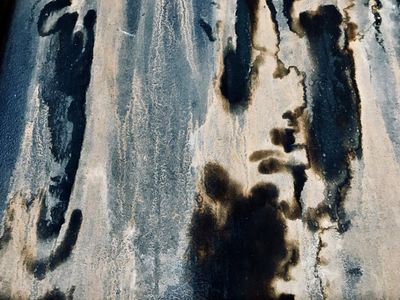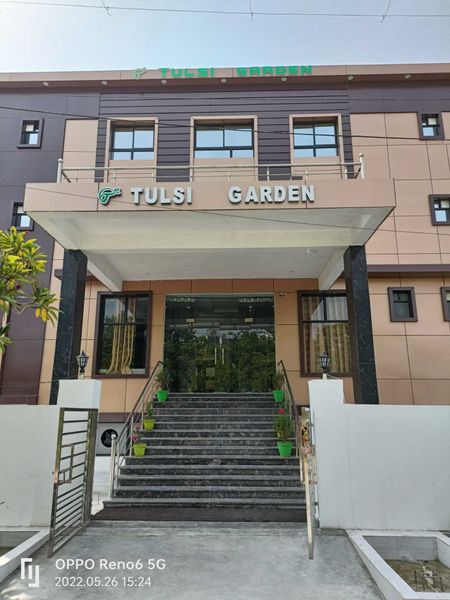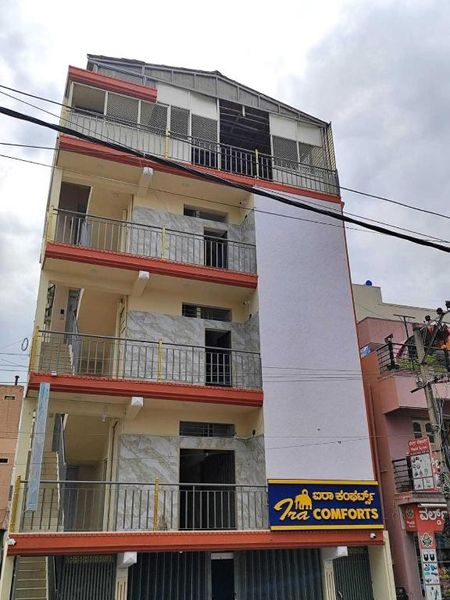Understanding Mold Coverage How Homeowners Insurance Handles Claims
 David Wicks
20 Dec, 2024
7 mins read
95
David Wicks
20 Dec, 2024
7 mins read
95

Mold is a common issue that many homeowners face, and it can cause significant damage to your property and health if not addressed promptly. Does homeowners insurance cover mold? Understanding how homeowners insurance handles mold claims is essential for effectively managing this problem. Here’s a comprehensive guide to mold coverage and the claims process under homeowners insurance.
What Is Mold Coverage?
Covered Perils
Homeowners insurance typically covers mold damage if it results from a covered peril. Covered perils are specific events or risks that your insurance policy protects against. These often include sudden and accidental incidents such as:
· Water Damage from Burst Pipes: If a pipe bursts and causes water damage, leading to mold growth, this is typically covered.
· Roof Leaks Due to Storms: If a storm damages your roof and water enters your home, resulting in mold, the remediation costs may be covered.
· Fire and Smoke Damage: Mold resulting from water used to extinguish a fire may also be covered.
Exclusions and Limitations
However, not all mold damage is covered by homeowners insurance. Policies usually exclude mold damage resulting from:
· Long-Term Leaks: Mold due to long-term water exposure from slow leaks or poor maintenance is generally not covered.
· High Humidity: Damage caused by high indoor humidity or condensation is often excluded.
· Flooding: Standard homeowners insurance typically does not cover mold from flooding; a separate flood insurance policy is needed.
Policy Endorsements and Riders
Additional Mold Coverage
Some insurers offer endorsements or riders that you can add to your policy for broader mold coverage. These endorsements extend coverage to scenarios not included in the standard policy, such as mold resulting from slow leaks or high humidity.
Costs and Benefits
Adding mold coverage endorsements comes at an additional cost, but it can be a worthwhile investment if you live in a humid climate or an area prone to water-related issues. Evaluate the potential risk of mold in your home and weigh it against the cost of the endorsement.
Filing a Mold Claim
Immediate Steps
If you discover mold in your home, take the following steps to file a claim:
· Document the Damage: Take photos and videos of the mold-affected areas. Keep records of any expenses related to mold inspection and remediation.
· Notify Your Insurer: Contact your insurance company as soon as possible to report the mold damage. Provide them with all the necessary documentation and details about the incident.
· Mitigate Further Damage: Take immediate actions to prevent further mold growth, such as stopping any ongoing water leaks and improving ventilation.
Inspection and Assessment
Once you’ve reported the claim, your insurance company will likely send an adjuster to inspect the damage and assess whether it falls under your policy’s coverage. The adjuster will evaluate the cause of the mold and determine the extent of the damage.
Professional Mold Remediation
Engaging Professionals
Professional mold remediation is crucial to ensure thorough and safe removal of mold. Mold remediation experts use specialized equipment and techniques to:
· Contain the Mold: Prevent spores from spreading to unaffected areas.
· Remove Contaminated Materials: Safely remove and dispose of mold-infested materials.
· Clean and Disinfect: Use antimicrobial treatments to clean and disinfect surfaces.
· Restore Affected Areas: Repair and restore damaged structures and materials.
Keeping Records
Keep detailed records of all remediation work, including receipts and reports. This documentation supports your insurance claim and helps ensure you receive the appropriate compensation.
Preventing Future Mold Growth
Regular Maintenance
Preventing mold requires ongoing maintenance and vigilance. Ensure that your home is well-ventilated, fix leaks promptly, and regularly inspect areas prone to moisture, such as basements, bathrooms, and attics.
Humidity Control
Maintain indoor humidity levels below 60% using dehumidifiers, especially in damp areas. Proper ventilation in kitchens and bathrooms can also help reduce humidity and prevent mold growth.
Conclusion
Understanding mold coverage under homeowners insurance is crucial for protecting your property and health. While standard policies cover mold resulting from certain perils, exclusions and limitations apply. Adding mold coverage endorsements can provide broader protection. Promptly filing a claim and engaging professional mold remediation services are essential steps in managing mold damage. By staying informed and proactive, you can better navigate the complexities of mold coverage and ensure a safe living environment. For exceptional property restoration in the heart of the Big Apple, trust NYCrestoration.com to bring your home back to life!
Written By:
David Wicks



Hotels at your convenience
Now choose your stay according to your preference. From finding a place for your dream destination or a mere weekend getaway to business accommodations or brief stay, we have got you covered. Explore hotels as per your mood.





